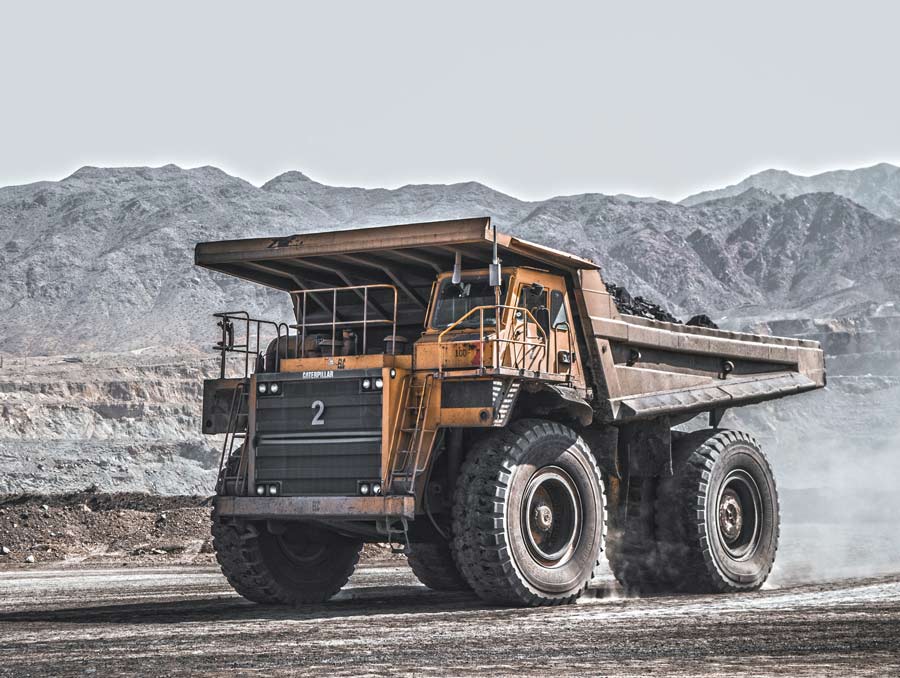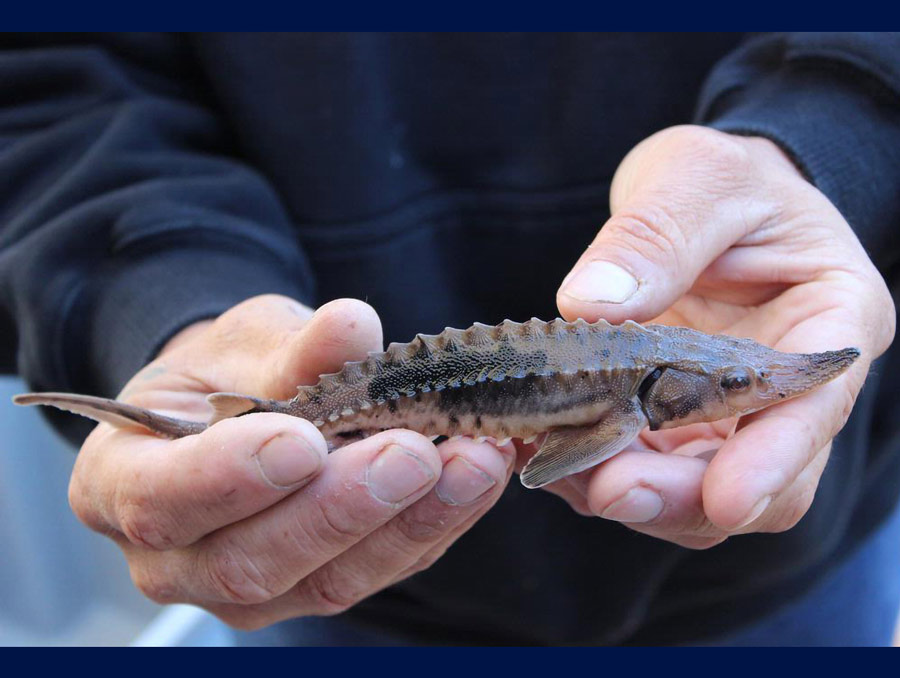Though mining accidents in Nevada have become much rarer since the booming mining days of the Comstock Lode in Virginia City, accidents still happen. A Mackay School of Earth Sciences and Engineering professor and postdoctoral scholar are collaborating with researchers abroad to mitigate those accidents, with an autonomous twist.
Associate professor and chair of the Department of Mining and Metallurgical Engineering Javad Sattarvand is collaborating with researchers in the Netherlands to develop a software called AutonoDES (Autonomous Discrete Event Simulation) that determines how safe it is to utilize autonomous mining vehicles in various mining operations.
Autonomous mining operations
The mining industry has shifted from in-person operations over the past few decades. In places like Australia, mines can be so far away from established communities that mine operators have to be flown in. That is a massive expense, so Australian mines began using teleoperations, where mine operators were controlling vehicles from a remote location.
“The industry has been using that for 20 years now,” Sattarvand said. Now, the industry has moved on to autonomous operations. Australia has been using autonomous operations for a decade, and mining operations in Chile and Canada have implemented them as well.
“You’re reducing the labor costs and you’re increasing the safety by taking the people out of the dangerous environment,” Sattarvand, who is the Kinross Term Professor in Mining Engineering, said. “The only bad thing about the autonomous systems is you’re losing operator-level jobs.”
Sattarvand acknowledges that this transition won’t be easy for mining operations that are close to communities. “That’s probably the reason we don’t have autonomous operations in the U.S. yet,” Sattarvand said.
But if mining operations in the U.S. don’t transition to autonomous operations, their expenses will be higher than that of other producers, and the U.S. mining companies will find themselves no longer competitive in global markets. It’s a matter of evolving alongside the competition. Sattarvand added that extensive mining is unavoidable on the horizon of our civilization, but it will look different with a smaller human involvement.
“If you plan in the long-term, [much of] the workforce can be converted from drivers to software users. They don’t have to be software developers.”
Safety is key
Safety is still the priority, regardless of whether there are autonomous vehicles on the mine site or not. Even if the operation is made largely autonomous, there will still be humans operating machines at the mine site, and for Sattarvand and his colleagues, their safety takes precedence over anything else.
Sattarvand said that almost all of the companies he’s spoken with in Nevada are interested in utilizing autonomous systems.
“Those companies are concerned with, if they employ [autonomous vehicles], and they have half their crew on other cars, is it safe or not?”
The project is funded by a National Institute for Occupational Safety and Health (NIOSH) grant. NIOSH is a branch of the Centers for Disease Control and Prevention focused on occupational safety and health. Ultimately, the goal of AutonoDES is to help companies implement policies to improve safety based on the findings from the safety simulations.
Sattarvand is joined on the project by postdoctoral scholar at the University of Nevada, Reno, Dr. Amin Monirimorad, and by co-principle investigator Masoud Soleymani Shishvan, an assistant professor in the Faculty of Civil Engineering and Geosciences at Delft University of Technology in the Netherlands. Soleymani Shishvan and Sattarvand have collaborated on another NIOSH-funded project about safe evacuations of mines.
The software Sattarvand and his colleagues are trying to design will quantify the risks posed to safety by autonomous systems for the people who are still on the mine sites in-person. Monirimorad will be doing most of the software development, and a master’s student in the Netherlands will be doing some coding as well.
Opportunity for collaboration
Sattarvand said that the most challenging part of the project will be acquiring data.
“Available data will be a challenge,” he said. “Our focus is toward safety. We can learn from accidents that happened in the past, but those accidents probably are not more than a handful. This makes it difficult to make accurate models.” Nonetheless, Sattarvand thinks that as the simulations improve with more data, there will be a lot of opportunity for interdisciplinary collaborations on autonomous systems at the University, because autonomous systems are not just about the software.
“I see the chance for computer science, for mechanical engineering, electrical engineering, to come together and contribute on a project like this,” he said. “It can be from health and safety aspect, or it can be even from an energy consumption aspect. Even in liberal arts and social sciences, we need to see the impact of this new technology in our society, how it’s going to change the nature of our labor force, how it’s going to change our market for our rural areas in Nevada where the mines are.”
















